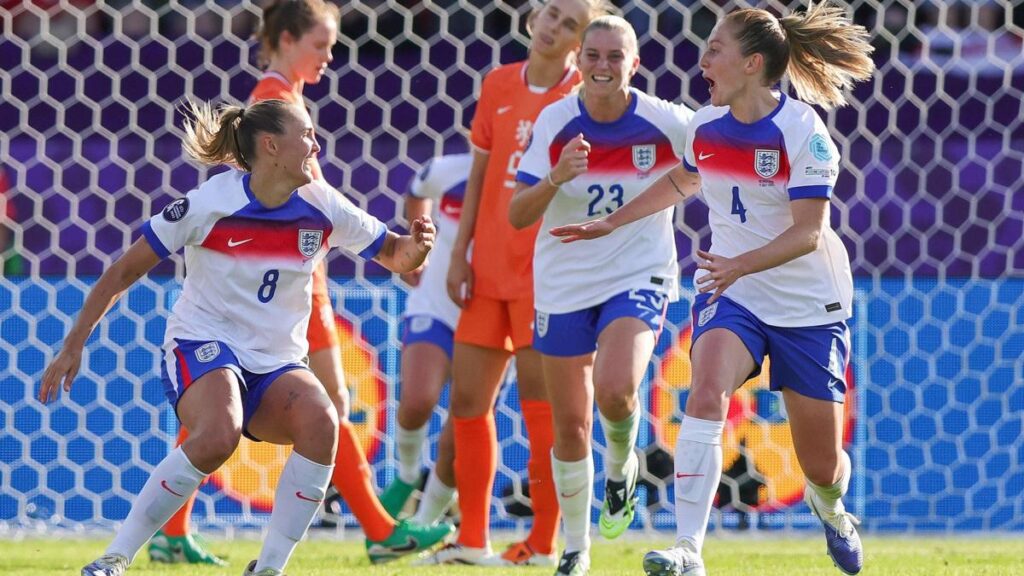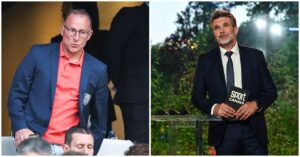
Never has a female euro aroused such a media tidal wave. From July 2 to 27, 2025, Europe vibrates to the rhythm of UEFA Women's Euro 2025, a competition that broke all records, both in sport and in the world of communication and digital engagement. Organized for the first time in a format extended to 16 teams, this euro takes place in Switzerland, with matches distributed in eight host cities. Beyond the field, the whole image of women's football is transformed: multiplied audiences, mobilized sponsors, athletes erected in icons, social networks in effervescence … in just a few days, the tournament stands out as a full-fledged cultural phenomenon, far beyond purely sporting issues. The data of this first week is unequivocal: women's football is now established as a full media force.
The digital dynamics observed around Euro 2025 clearly shows that it is no longer a marginal sector, but a major lever in terms of audience, visibility and engagement. For partner brands, it is a rare opportunity to reach committed, benevolent, connected and distributed audiences on a global scale. This analysis highlights the need to adopt a mixed media strategy, by adjusting actions according to the specificities of each channel. And if it is only the beginning, Euro 2025 may well establish itself as a model of success in terms of female sports marketing. The encrypted study published by Onclusive, a company specializing in communication and media monitoring, clearly demonstrates that women's football is experiencing a new great revolution and massive international development.
Unprecedented media scope for women's football
The 2025 female euro marks a historic turning point in media coverage. In just five days, the tournament generated nearly 25 billion media contacts, combining figures from traditional media (24.9 billion) and social media (77.9 million). This colossal figure, which exceeds the world population three times, attests to the planetary visibility of the competition. This success is explained in particular by an omnicanal broadcasting strategy and an unprecedented mobilization of sports newsrooms, which have noted more than 30,000 mentions in the press, on television, radio and on the web, including 67 % in the positive tone. The growing popularity of women's football now exceeds specialized circles, to establish itself as a subject of general interest. The involvement on social networks testifies to a passionate and active community: 145,400 mentions were noted in six languages, with 67 % positive feeling. The Spanish star Alexia Putellas, with more than 26,000 mentions, illustrates this new era where female athletes become powerful vectors of engagement, sometimes more visible than certain national teams. The sponsors, too, take advantage of this exhibition: Heineken wins on social networks (46 % of sponsored mentions), while Lidl dominates in traditional media (65 %).
The exceptional rate of 86 % positive feeling around partner marks confirms that the context of the euro offers a rare opportunity: combining mass visibility and favorable image. Euro 2025 requires a new deal for brands and the media: performance is no longer measured only in volumes, but in efficiency and quality of reach. The 2,100 mentions sponsored on social networks generated 33.8 million contacts, but the traditional media, with fewer mentions (1,592), have reached 759 million people – an efficiency 23 times higher. This complementarity highlights the importance of a hybrid media approach, adapted to the codes of each channel. The analysis of data in six languages and the constancy of positive feeling also show the universality of passion for women's football. For sport and marketing players, Euro 2025 becomes an innovation laboratory and a media success model, where digital engagement is now central. The message is clear: women's football is no longer content to gain ground, it redefines the rules of the media and marketing game. Euro 2025 is the brilliant demonstration.
Pub. the
– Maj the

